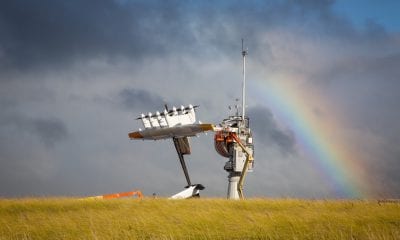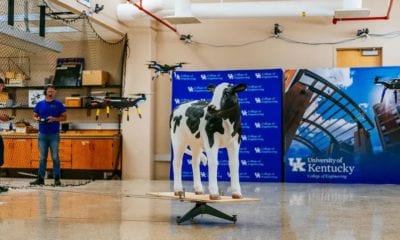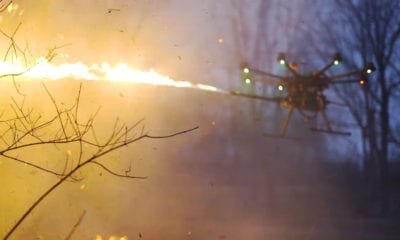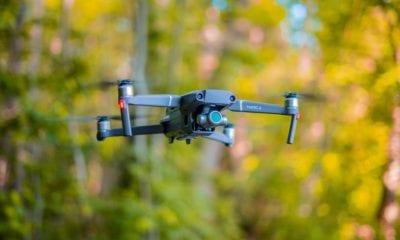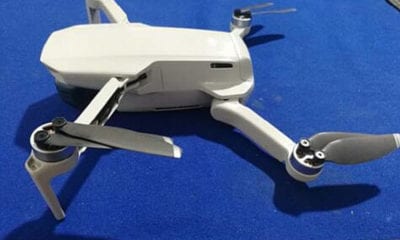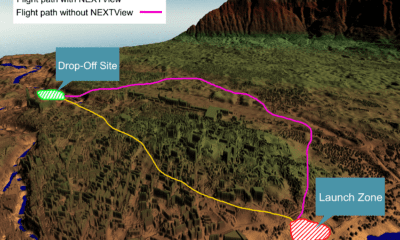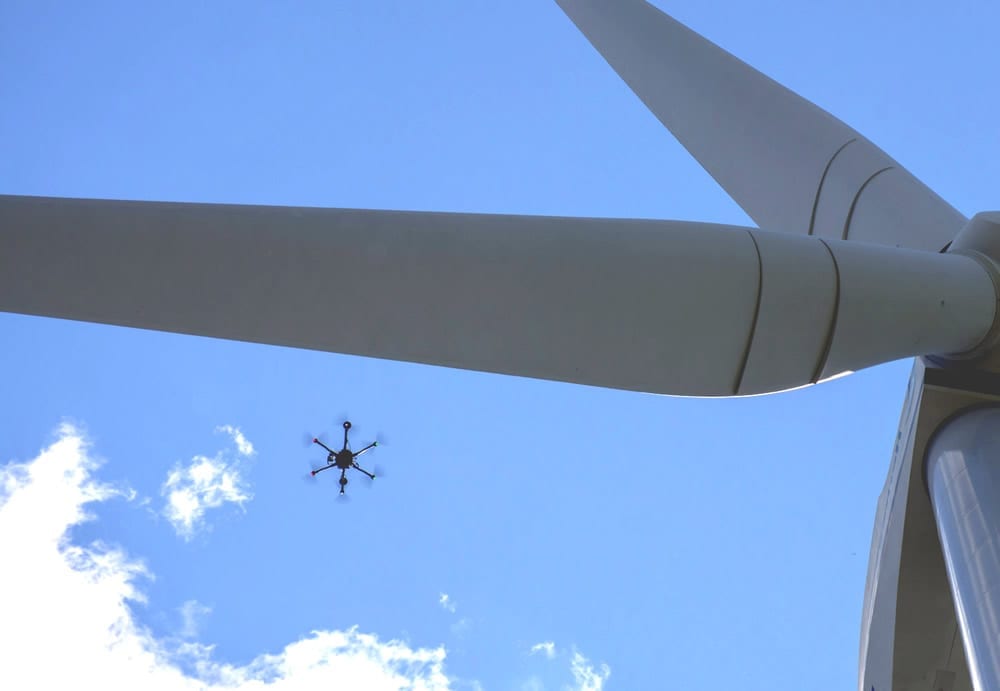
News
Innovation Opportunities in the Offshore Wind Industry
The pace of technological advances in the modern world has left behind the old notions of linearity and has taken on exponential character. In this continuously changing world, it is difficult for companies to stay afloat of the latest technological trends in the market and thus make use of those trends to increase their competitive advantage.
Businesses are struggling to stay updated with the constantly changing trends and innovations. Models and frameworks that address how companies of varying size and R&D budgets can undertake this challenge are therefore seen as a necessity for sustaining a healthy future business model.
New research dealing specifically with the Offshore Wind Industry, it is worthy to notice that this industry still has a long way to go until it can become competitive with other industries in the same sector, i.e. renewable energy. The industry is still facing a huge challenge for its sustainability in terms of the costs related to Operations and Maintenance (O&M). The one thing that the players in the industry are banking on is innovation to lead them out of the deep into the profitable landscape above.
The thesis, titled, “Identification and Evaluation of Innovation Opportunities in the Operations and Maintenance Segment of the Offshore Wind Industry“, is written by Carsten Christensen, a student at the University of Stavanger’s Faculty of Science and Technology, situated in Norway.
The demand for sustainable power is continuously increasing, and the offshore wind industry has proved to be a highly promising solution for the massive challenge of decarbonizing the energy industry. This industry is strikingly fragmented, with few established procedures, especially within Operations and Maintenance. Furthermore, operational costs have to be driven down dramatically in order to prove its viability. Thus, the authors have applied a model to lead companies to innovation in the O&M area.
After application of the model, the technologies that have proved to be particularly promising are MEMS sensors, Fiber Bragg gratings, LiDARs, AUVs, crawlers, drones, digital twins, distributed ledger technology, smart glasses, virtual reality, and Big Data. The most promising opportunities that are identified in this research are: A method for monitoring scour with fiber optic sensors, a digital twin for data and documentation control, and a method for remote maintenance support using smart glasses.
Following an increased demand for stable electrical power and a more united global effort to decarbonize the energy industry, the offshore wind industry has emerged as one of the most promising renewable energy sources of the future. There is, however, a big need for further cost reductions to make it competitive with other renewables. Thus, new and innovative solutions, especially in the O&M segment is needed. A method for assessing how offshore wind companies (and companies in general) can develop innovative solutions from the rapidly developing technology trends is, therefore, needed to cope with the key challenges.
The author utilizes a state-of-the-art model developed by researches in his own university, after performing comprehensive literature review and going through books, publications, and web-based articles.
The model has five steps: 1) Breakdown of the industry and technology trends, 2) Application of technology trends to the industry segments, 3) Identification of opportunities, 4) Presentation and evaluation of opportunities, 5) Presentation of the most promising opportunities through a business model canvas (BMC). The industry breakdown and the theory regarding the technological trends provides the theoretical introduction needed in order to digest the rest of the material.
The author states that the three resulting opportunities which are presented in the BMC have gone through a comprehensive screening and evaluation. They are also cross-checked with relevant research and similar practices to validate their viability. From this, it is fair to say that they have a big potential of succeeding in the offshore wind industry. One may thus conclude that the applied model is a well-functioning tool for its purpose.
Even though the model is developed to be completely generic, it is still uncertain whether it would be useful for other industries as well. Therefore, the author suggests that it would be highly interesting to see additional studies using the same model for new industries. Moreover, a follow-up on the presented opportunities with prototypes and real test would likely give a more evidence-based answer to whether the model is working or not.
Citation: “Identification and evaluation of innovation opportunities in the operations and maintenance segment of the offshore wind industry”, Carsten Christensen, https://brage.bibsys.no/xmlui/handle/11250/2561981







